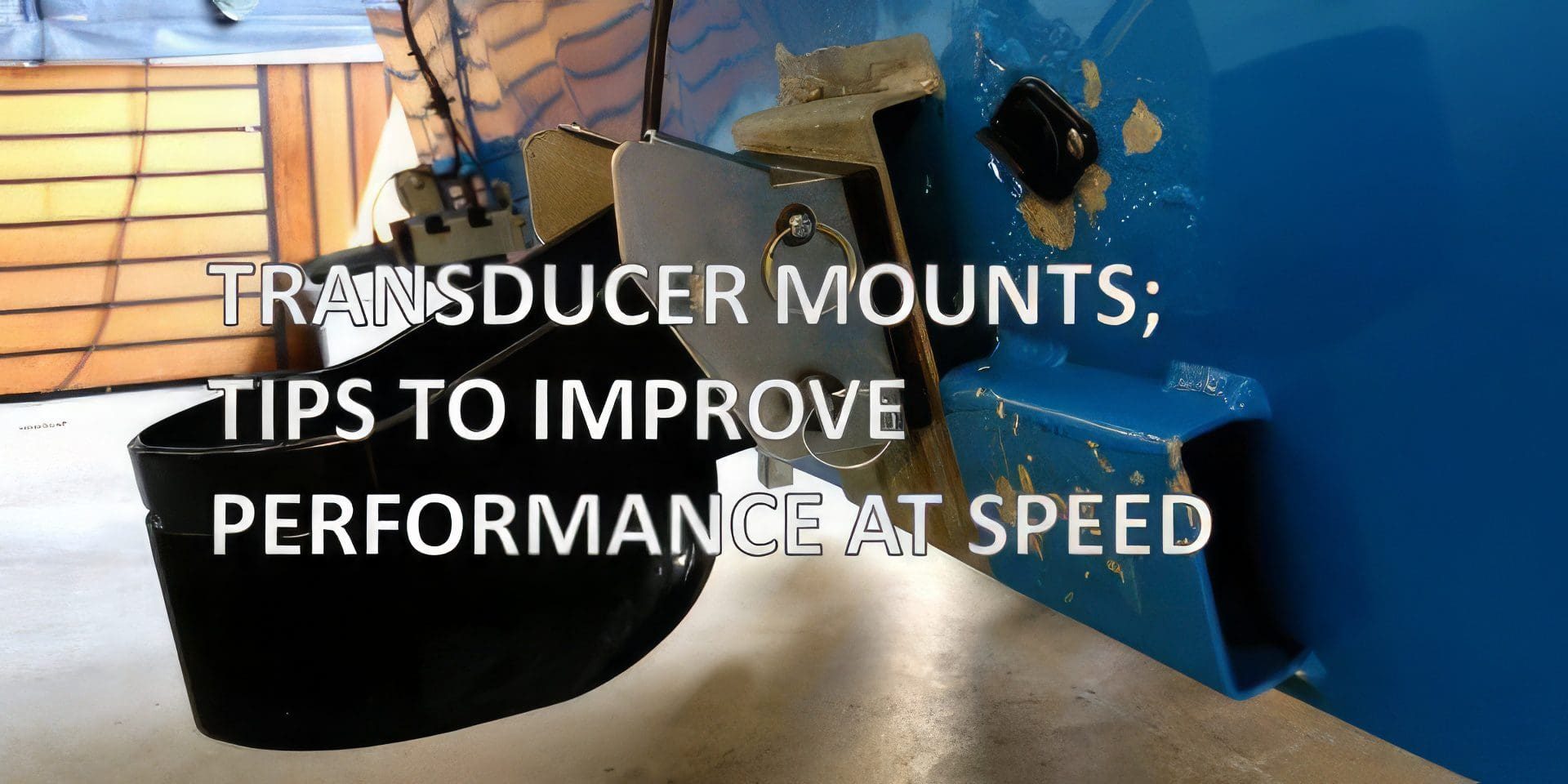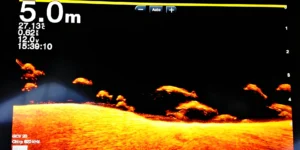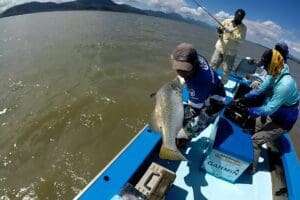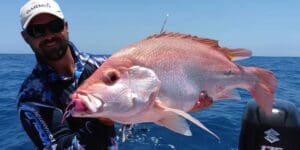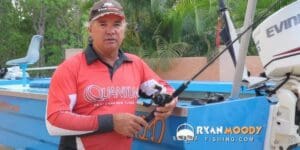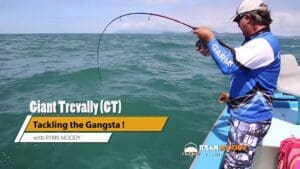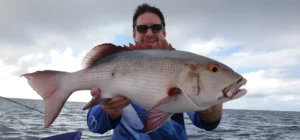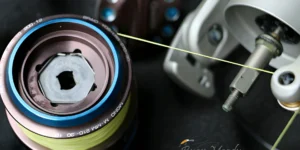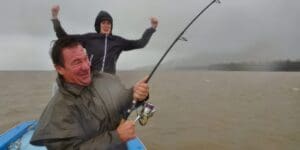Does your sounder cut out when you travel at speed? Mounting your transducer to read at speed plays a big part!
These four transducer mounting tips will boost your sounders performance and make it much easier to find new and exciting fishing spots.
There is nothing more frustrating than your fish finder display cutting out when you travel at speed.
Because it limits the ground you can cover and thus, the number of new fishing spots you can find.
Plus it leaves you vulnerable to rising sand banks and other obstructions you could hit when travelling in shallow water.
Tip # 1 Use Mounting brackets
My first suggestion for mounting your transducer is using a bracket welded on to your boat (or metal plate, stern saver or butchers board affixed for fibreglass boat).
This avoids screwing directly into your boat and hence, allows you to move it slightly.
Getting a good reading from your fish finder transducer at speed is all about water flow.
Unfortunately it can take trial and error to get it right so allowing a bit of wiggle room without drilling more holes in your boat is advisable.
You must have clean (no bubbles) water flowing over the face of your transducer otherwise it will not read well at speed.
Tip # 2 Chocks
If you have a particularly sharp transom angle, mounting your transducer to read at speed can be a breeze because the angle is right from the get go.
However lesser angled transom’s like my barra punt can require the use of a chock to get the angle perfect.
To read at speed, when mounting my transducer I tilt it slightly forward. As a result the returning echo is not lost behind the boat.
Tip # 3 Waterline
Thirdly the best bet when mounting your transducer to read at speed is to have the bottom of it 3-4 mm below the waterline.
Because the transducer can only ping in water so you do want it submerged.
If it’s too deep sometimes the front face of it will create turbulence and bubbles = bad.
Plus it can throw water up over your motor and inside your cowling resulting in saltwater intrusion.
Tip # 4 Power
Finally, reading at speed can be easier with a more powerful transducer as they have more elements to decipher the picture.
If you are having issues with your fish finding sounder, or you simply want to ensure you are getting the most out of it, watch this short video.
If interpreting your sounder is not your strong point and have trouble identifying fish, our $20 Sounder Skills 1 course will help!
Click the button below to get started – it’s cheap as a takeaway lunch at the moment, only takes about 40 minutes to watch and also includes (as a free bonus) our sounder interpretation presentation.
Stop scratching your head and start catching fish in less time using my knowledge.


